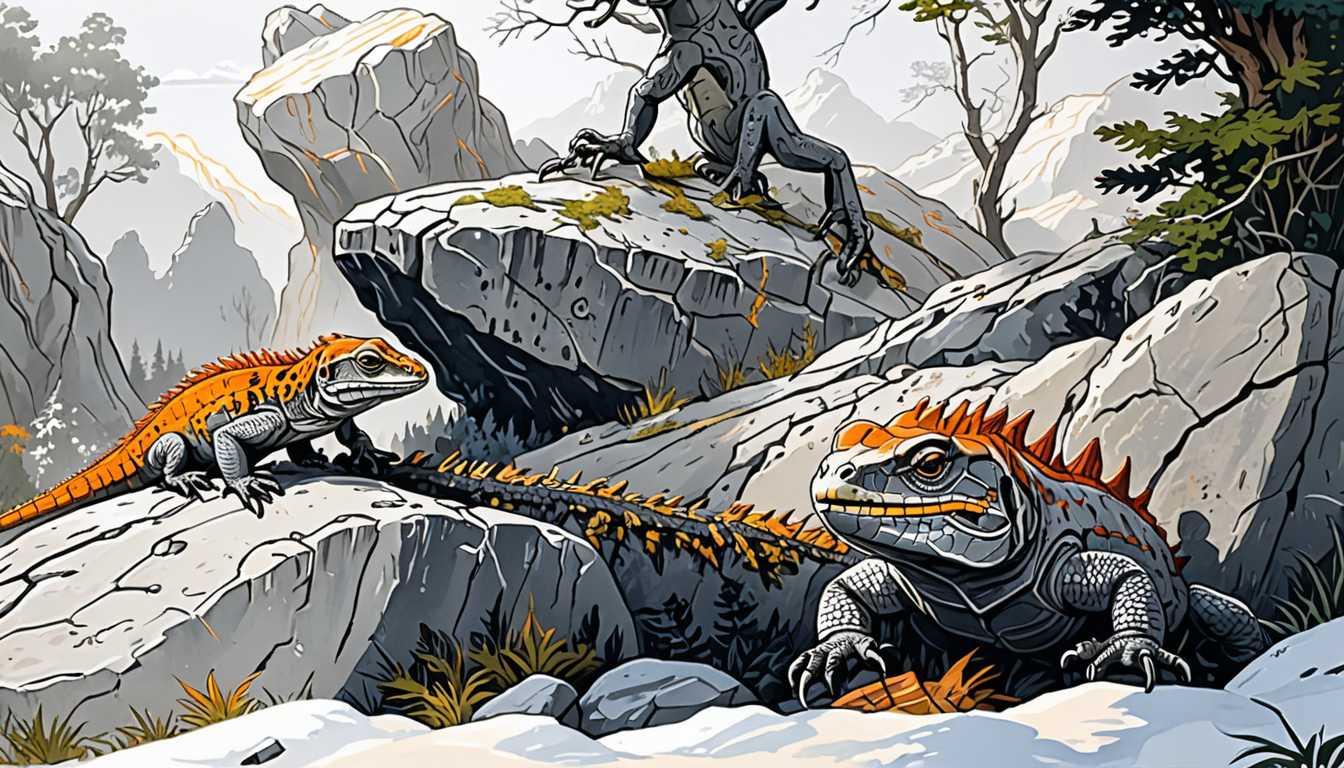Meet the Spiny Slug of the Cambrian Era!
August 2024
University of Bristol
Introduction
Hey there, future scientists! Did you know that 500 million years ago, slugs looked a lot cooler than they do today? Enter Shishania aculeata, a newly discovered spiny slug from ancient times, discovered by a team from the University of Oxford and the University of Bristol! This flat, shell-less mollusc had a body covered in spiky armor and gives us a peek into the early days of mollusc evolution. Curious? Check out the article from the U of Bristol Research news for all the juicy details!
READ FULL ARTICLEWhy It Matters
Discover how this topic shapes your world and future
Uncovering the Secrets of Ancient Life
Imagine a world over 500 million years ago, teeming with strange creatures that looked nothing like the animals we know today. The recent discovery of Shishania aculeata, a primitive mollusc, opens a fascinating window into this ancient past. Understanding early life forms like Shishania is crucial because it helps scientists piece together the evolutionary puzzle of how complex life evolved. This discovery is significant not just for paleontology but for understanding biodiversity, as it sheds light on the origins of modern molluscs, which include snails, clams, and even intelligent beings like squids and octopuses. The implications of this research extend globally, highlighting how studying our planet's history can inform conservation efforts today. So, the next time you see a snail in your garden, remember that its ancestors were once spiny sea slugs, and perhaps feel a little more connected to the deep history of life on Earth!
Speak like a Scholar
Mollusc
A type of animal that includes snails, clams, squids, and octopuses, characterized by soft bodies and, in many cases, a hard shell.
Evolution
The process through which different kinds of living organisms develop and change over time, often leading to the emergence of new species.
Paleontology
The scientific study of the history of life on Earth through the examination of fossils.
Cambrian Explosion
A significant event in Earth's history around 541 million years ago when most major animal groups first appeared in the fossil record.
Chitin
A tough, flexible material that makes up the exoskeletons of insects and the shells of some molluscs and fungi.
Sclerite
A small, hard structure found in the bodies of certain invertebrates, often providing protection or support.
Independent Research Ideas
The Role of the Cambrian Explosion in Biodiversity
Investigate how the rapid diversification of life during the Cambrian period set the stage for modern ecosystems. This topic is intriguing because it connects events in deep history to the variety of life we see today.
Comparative Anatomy of Ancient and Modern Molluscs
Analyze the similarities and differences between Shishania aculeata and contemporary molluscs. This study could reveal evolutionary traits that have persisted or changed over millions of years.
The Evolution of Protective Structures in Invertebrates
Explore how different invertebrates, like Shishania and modern chitons, developed their protective features. This topic allows you to dive into the fascinating world of evolutionary biology and materials science.
The Fossilization Process of Soft-Bodied Animals
Research how and why some soft-bodied creatures, like Shishania, are preserved in the fossil record while others are not. This could lead to interesting insights about environmental conditions in ancient oceans.
Chitin and Its Applications in Modern Science
Investigate the uses of chitin in contemporary research and industry, such as in biodegradable materials. It’s exciting to see how a substance from ancient creatures can inspire modern innovations!
Related Articles

Unlocking the Secrets of the Elgin Marvel
June 2024
University of Bristol

Unlocking Nature's Hidden Codes with eDNA
August 2022
National Geographic

Signs of Species in Trouble: What’s Next?
May 2024
Harvard Gazette

Glowing Quest for Love Underwater
November 2023
Cornell University

Fossil Findings: A New Look at Mammal Evolution
October 2024
U of Bristol Research news